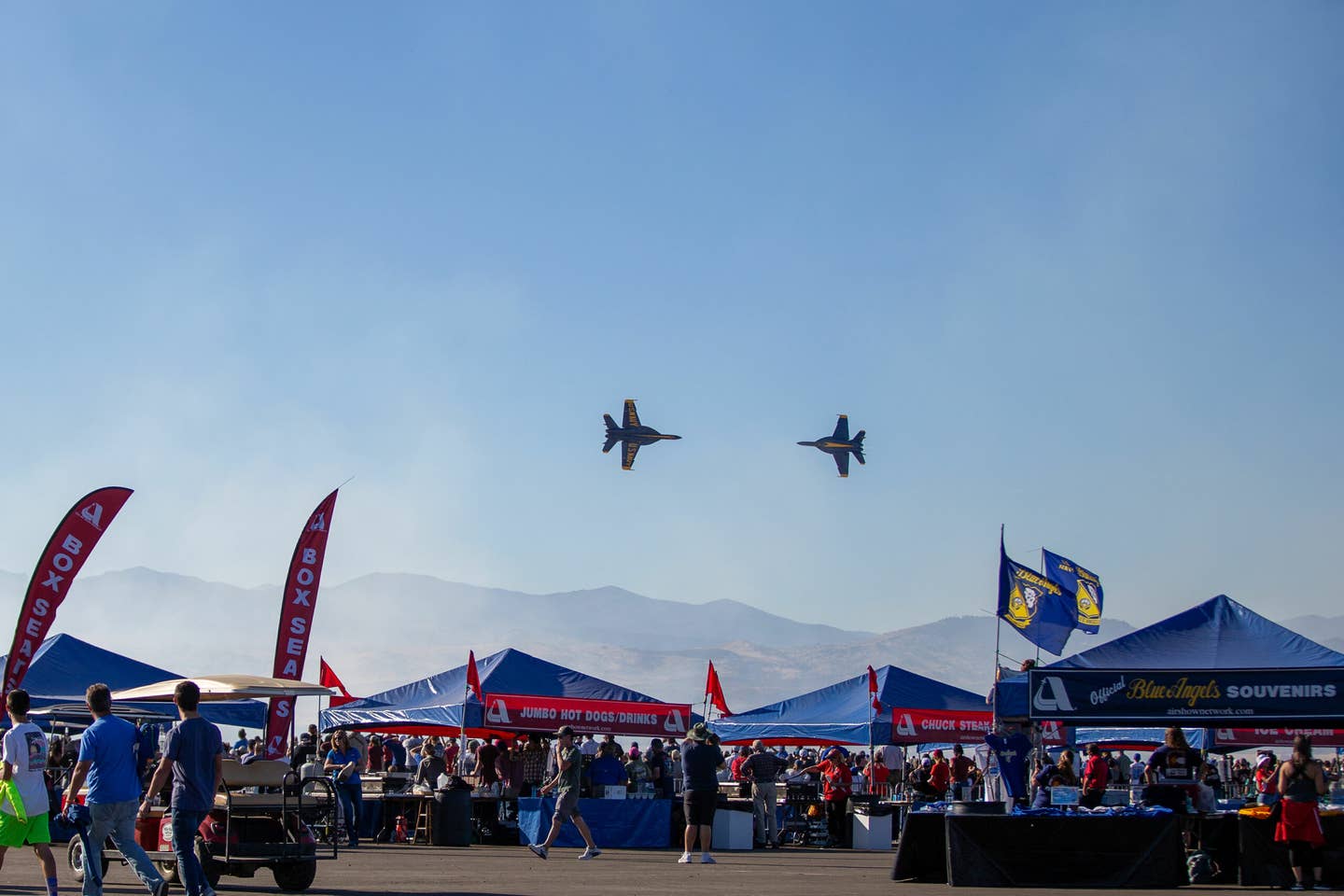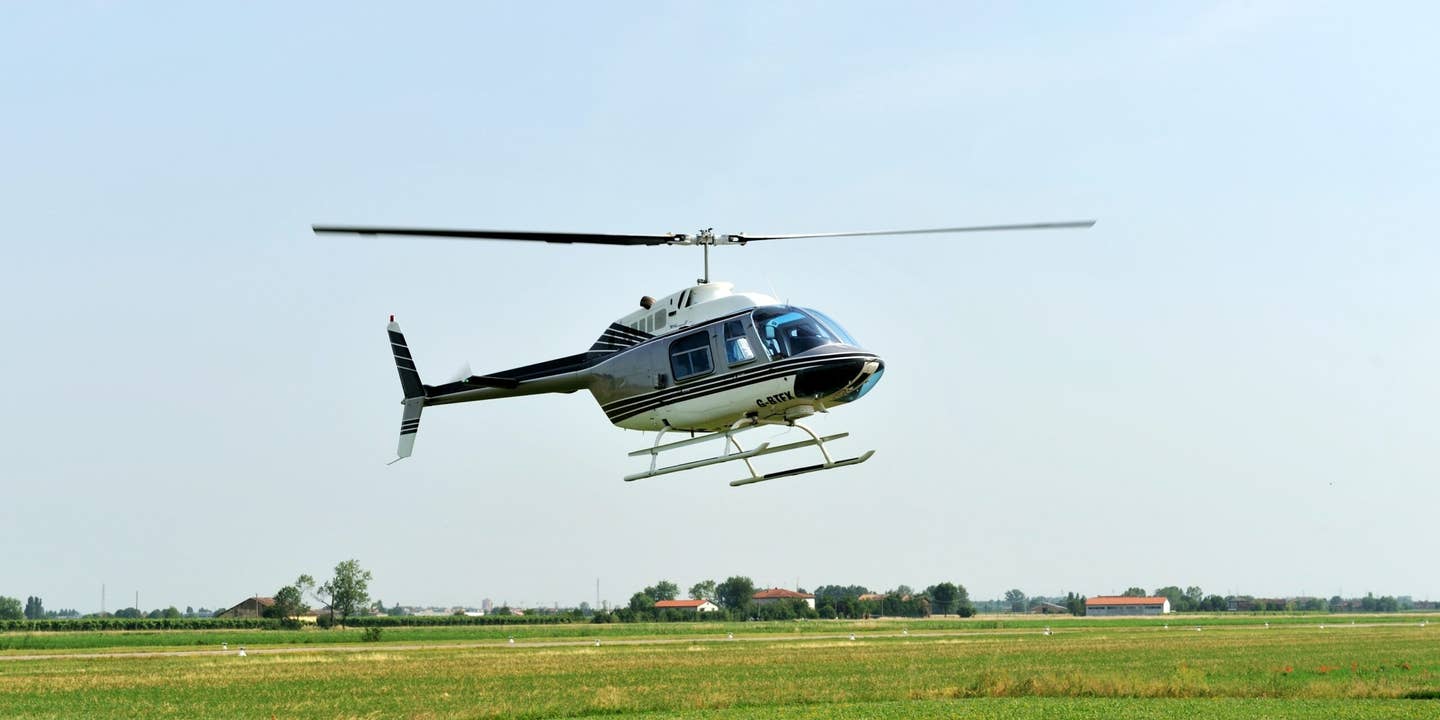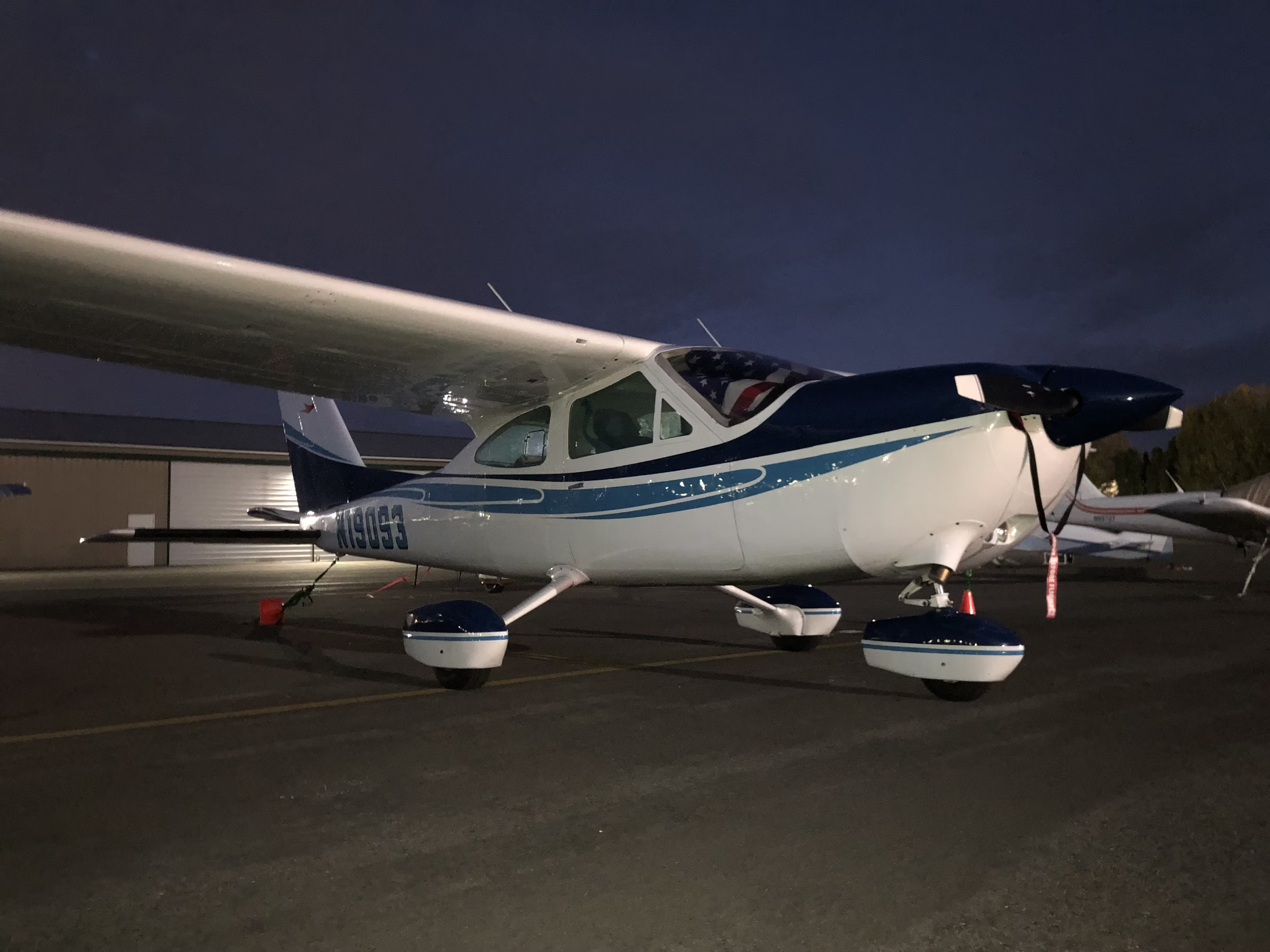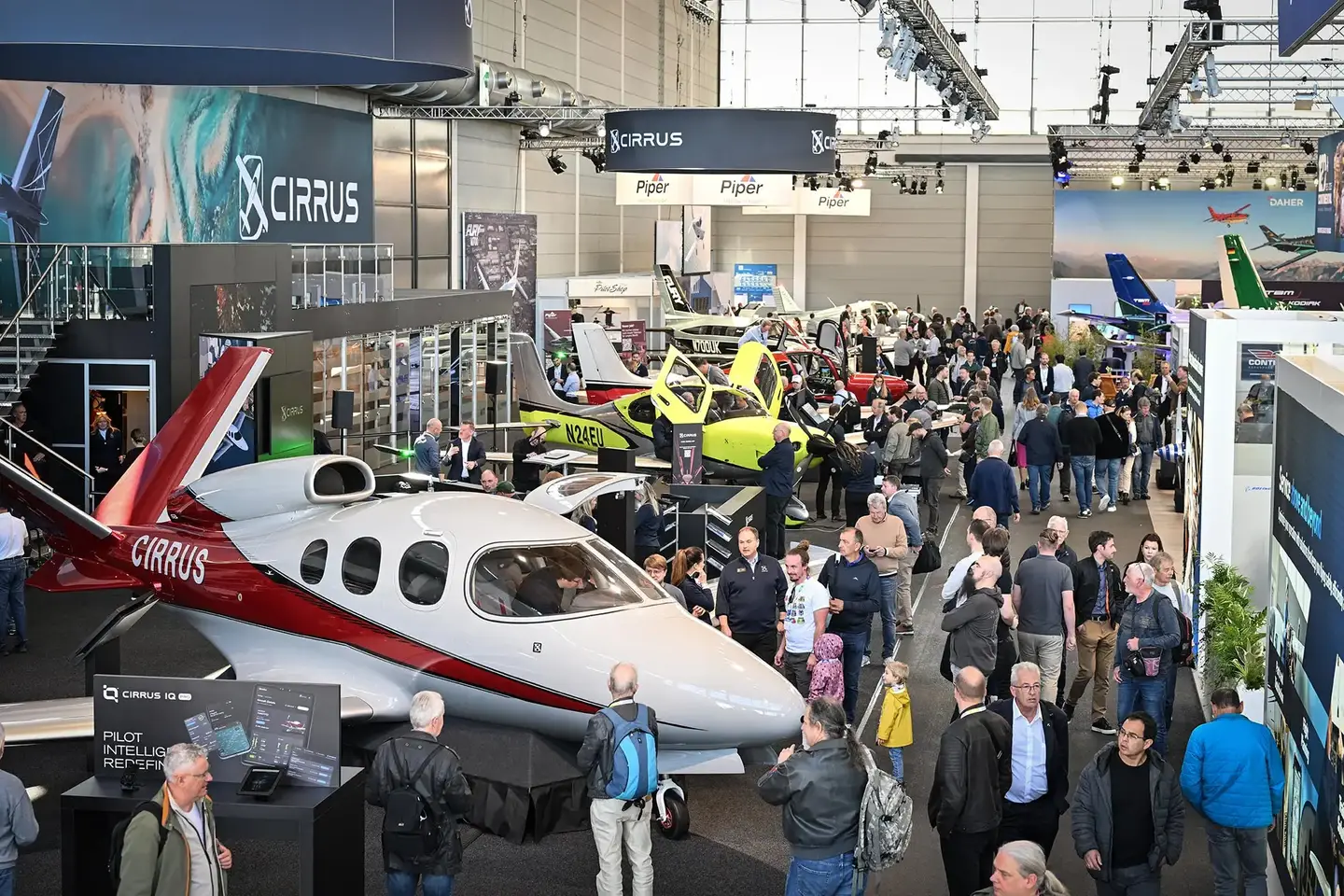‘This is an Air Show and Not a Carnival’
Air Show Network CEO Jim Breen says putting on aviation events can feel a lot like building a city, and it sometimes takes as long.

The Blue Angels highlighted the Great Tennessee Air Show last Summer. Courtesy: Air Show Network
Setting up an air show truly takes a village and planning can take upward of two years. Outside of coordinating aircraft movements, another key consideration organizers pay close attention to is the physical space that the show encompasses.
The Air Show Network is one organization that supports air shows and their buildout of areas where guests will be during the show.
“We are real estate kings for the weekend,” Jim Breen, president and CEO said. “We basically set up a city and take it down in four to five days. And airports aren’t necessarily made for air shows [and the associated temporary infrastructure], so it’s actually quite impressive.”
His company’s seasoned team of professionals guides local staff and volunteers in executing against a highly detailed “game plan” of erecting tents, prefab buildings, and other assets in time to host tens of thousands of attendees.
Typically, for weekend air shows, the team will begin Wednesday morning and work into the early evening. They’ll aim to finish the setup by Friday morning, which usually is when most acts will begin practicing their routines and the airfield will further hum with anticipation for the upcoming event.
But, as Breen is quick to point out, “There are lots of moving parts and pieces.” His company manages guest services at both general aviation, as well as military air shows.
“The challenge with military shows is that they are on an active base, and even with civilian shows [we have to be careful not to disrupt airfield operations].”
Within the noted two-day window—and working around ongoing aircraft operations—the team must move all elements into place. The concerns that are incorporated vary upon the type and expected patronage of the show.
How it All Began
The Air Show Network has been involved with managing guest services, including the layout design, setup, operations, and teardown of “air show cities” since 1983. Since then, the company has been involved with hundreds of shows and has perfected their approach for supporting them.
One of the many aspects the team has picked up over the years has been attendees’ preferences and buying habits.
The Best Seats in the House
“There is an audience of people who say give me your best ticket, even at military air shows where there is not an entrance fee,” Breen said. Consequently, and especially over recent years, there has been a lot of attention placed on premium seating.
“This is an air show and not a carnival. It should be upscale; we want it to look sharp for our clients, attendees, and sponsors.”
Jim Breen, president and CEO, The Air Show Network
These seats are separate from that of the general admission area and typically feature things like private restrooms, air-conditioned areas, shaded spots, comfortable seating with great views, and other elements. Sizes range based upon the show attendance and available space, but most often are 800 to 1,000 feet worth of “smack dab in the middle of the flight line” real estate that extends 150 feet back from it.
Today, Breen estimates that premium seating accounts for 62 percent of the revenue for typical air shows that his company is involved with. For instance, at the June 2021 Great Tennessee Air Show, in Smyrna, there were 2,000 flight-line tickets and 6,000 box seats, with no general admission tickets available.
“We are catering more to avid fans over marginal fans; those who want to be upfront and personal with the performances.”
Another lesson learned in consumer behavior has been knowing the events and the audience.
“We are bringing world-class entertainment into their communities,” Breen said. “This is an air show and not a carnival. It should be upscale; we want it to look sharp for our clients, attendees, and sponsors.”
What Folks Need, When They Need It
And not only must the layout be visually appealing, it needs to be functional as well. It is imperative that the layout is intuitive and aids in traffic flow to and around static aircraft, simulators, vendor tents, concession stands, and other assets.
“Eighty percent of our concession business is in two and half or three hours, so we need to be prepared,” Breen said.
One example that exemplifies this fact is lunch time.
“People are not there to eat, although the food is great. They come to see the Thunderbirds, Blue Angels, F-35 Demon Team, and others, not eat. So, they don’t want to be in the concession stand line long.”
For instance, a show with tens of thousands of attendees over the weekend has around 20 to 25 food booths. These tents are in most instances staffed by local nonprofits as a fundraising opportunity for their organizations.
Even elements like porta-potties are something that Breen’s group ensures are in place in time for the weekend. In the case of the noted show in Smyrna, 120 of them are lined up for the crowd’s brief intermission.
More commodity-like elements, such as portable toilets, tables, and chairs are rented locally near the air show. This is both owing to the significant cost of owning and transporting them to each event, compared to the costs of renting them at each location when needed. But, a majority of assets are owned, managed, and brought by the Air Show Network team. Whether it's tents, signage, pizza ovens, or anything in between, these more specialty items are kept in the team’s inventory.
Collectively, the company provides all needed materials to support the guest services portion of an air show and the resulting “city” that is built for the weekend.
Closing Time
Unsurprisingly, the team is also responsible for tearing down what they had created for tens of thousands to enjoy. Just as before when setting them up, the team must be careful to not disrupt airfield operations. Their goal is to have all they brought to be packed up ready for transport by Monday morning, when the airport returns to normal.
Managing all of these elements for 12 to 15 events a year, the Air Show Network team remains busy throughout the season and beyond. But seeing attendees enjoying their time is what makes their work especially fulfilling.
“Our goal is to make guests happy, and 70 to 90 percent of the time, they are repeat purchasers, which is an amazing feat for an event like an air show,” Breen said.
And with the last two years having been shaky for air shows, owing to COVID-19, he is optimistic for the future.
“Next year is looking really strong. The pent-up demand has been huge.”

Sign-up for newsletters & special offers!
Get the latest FLYING stories & special offers delivered directly to your inbox






